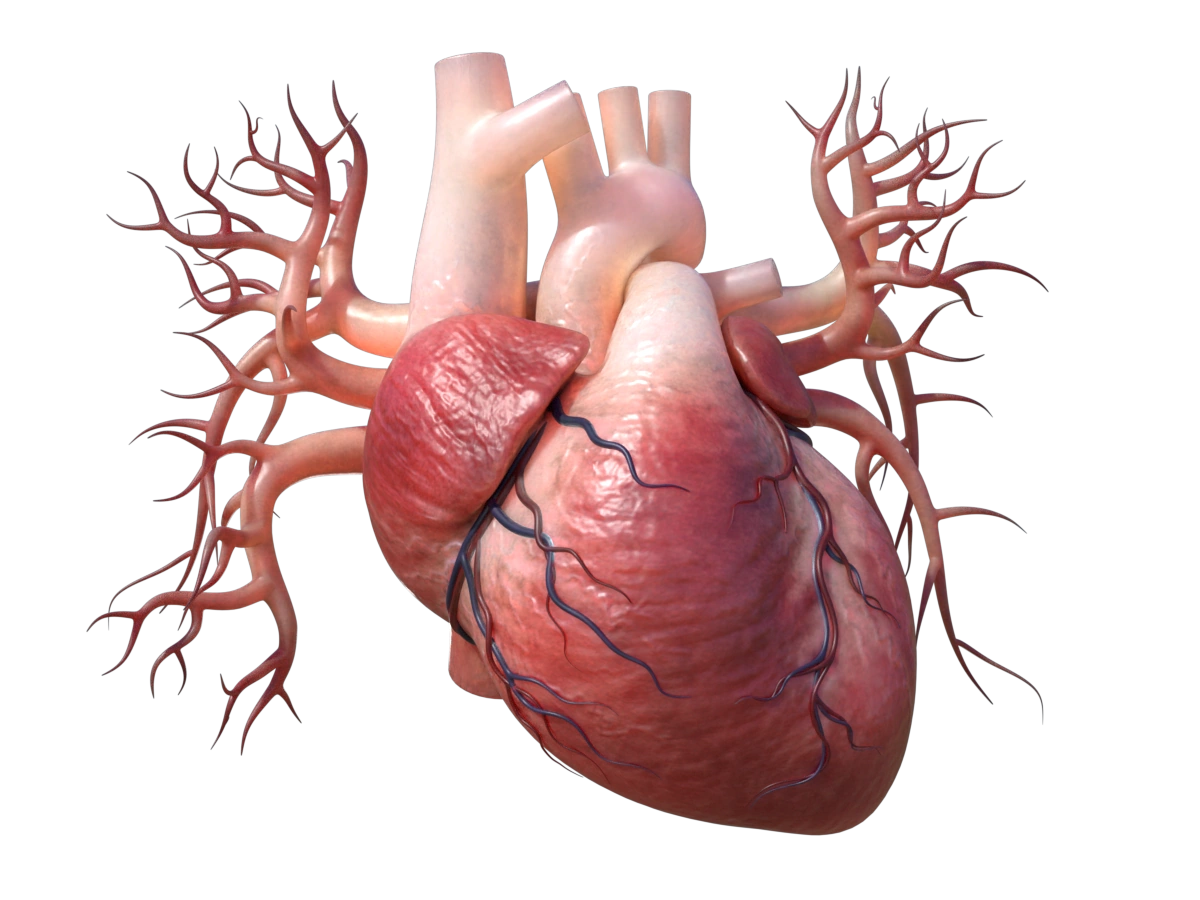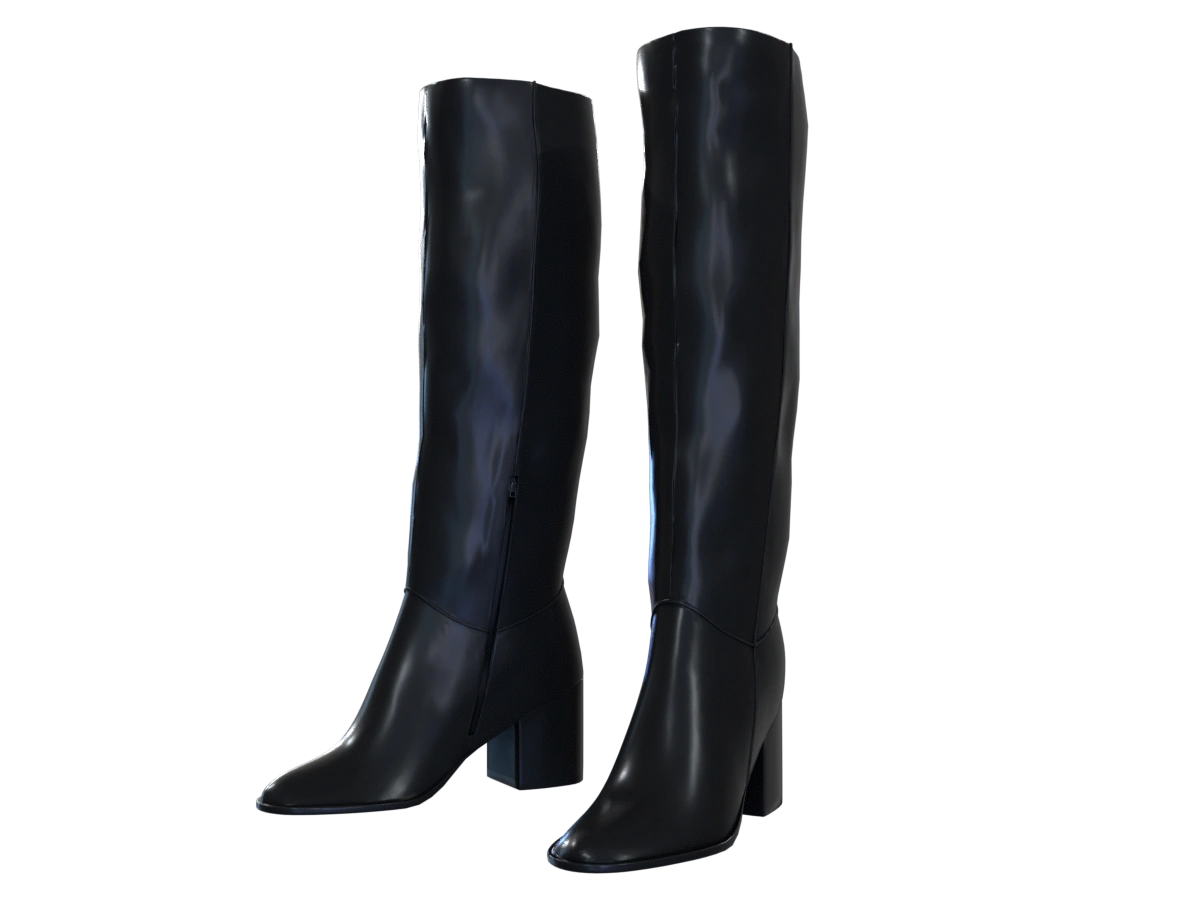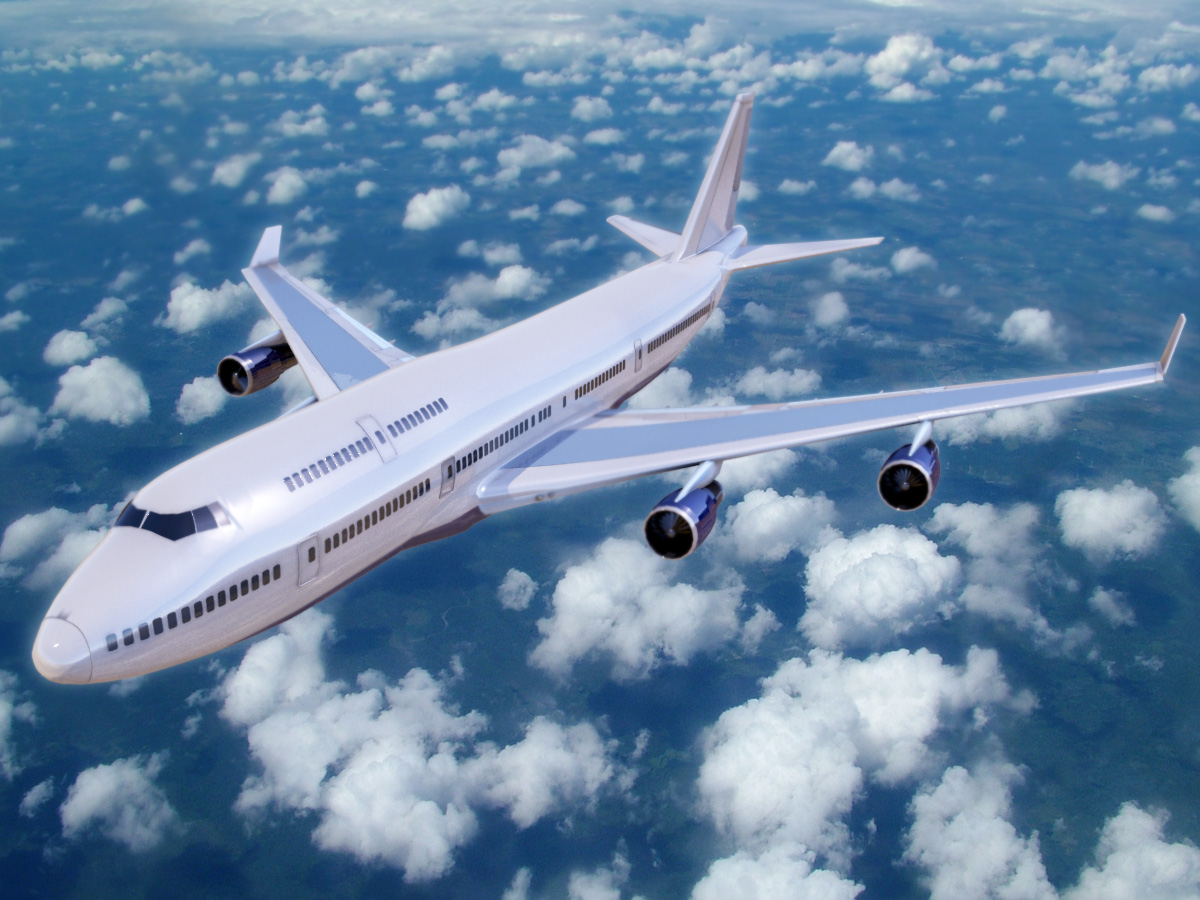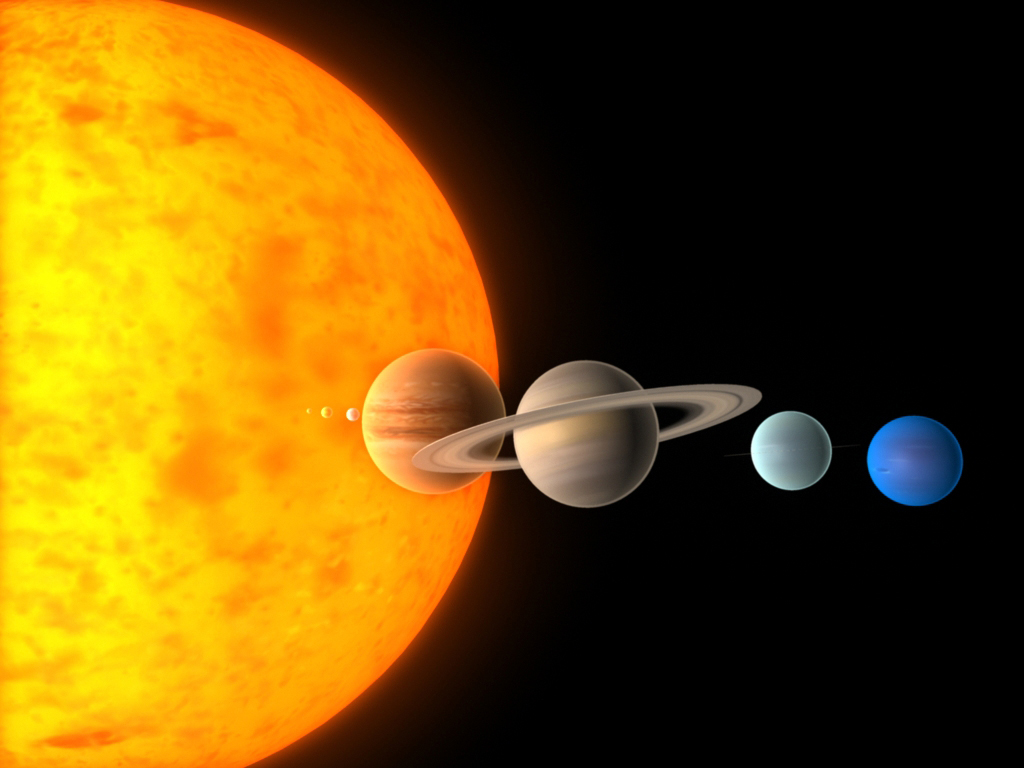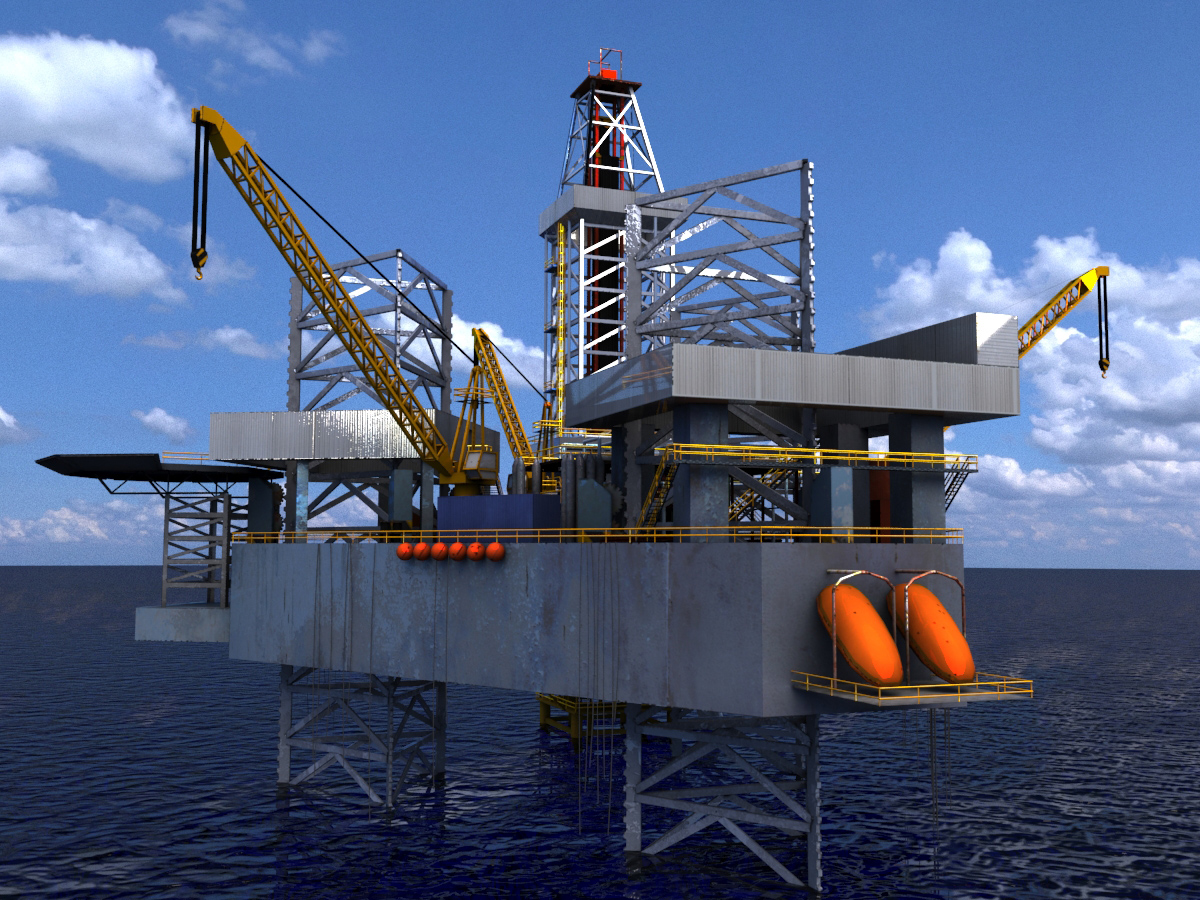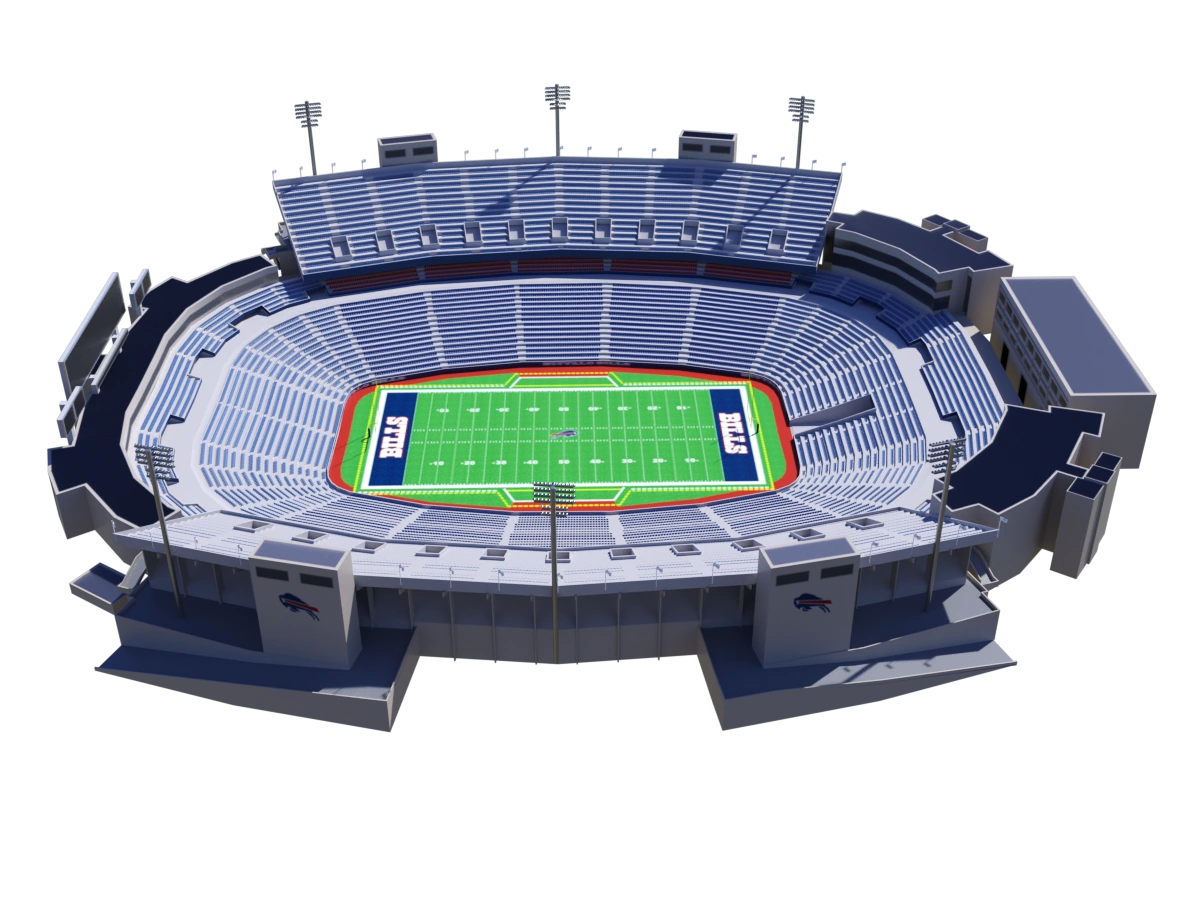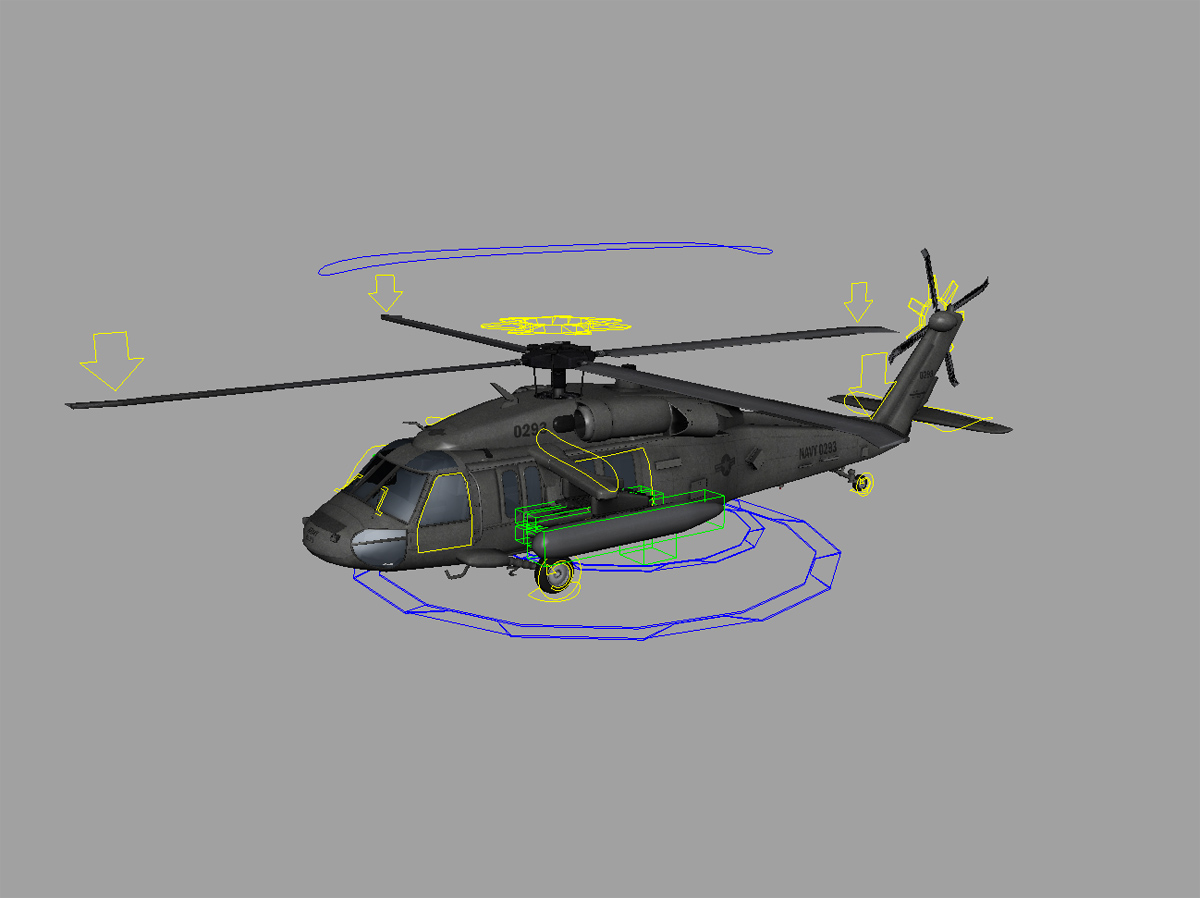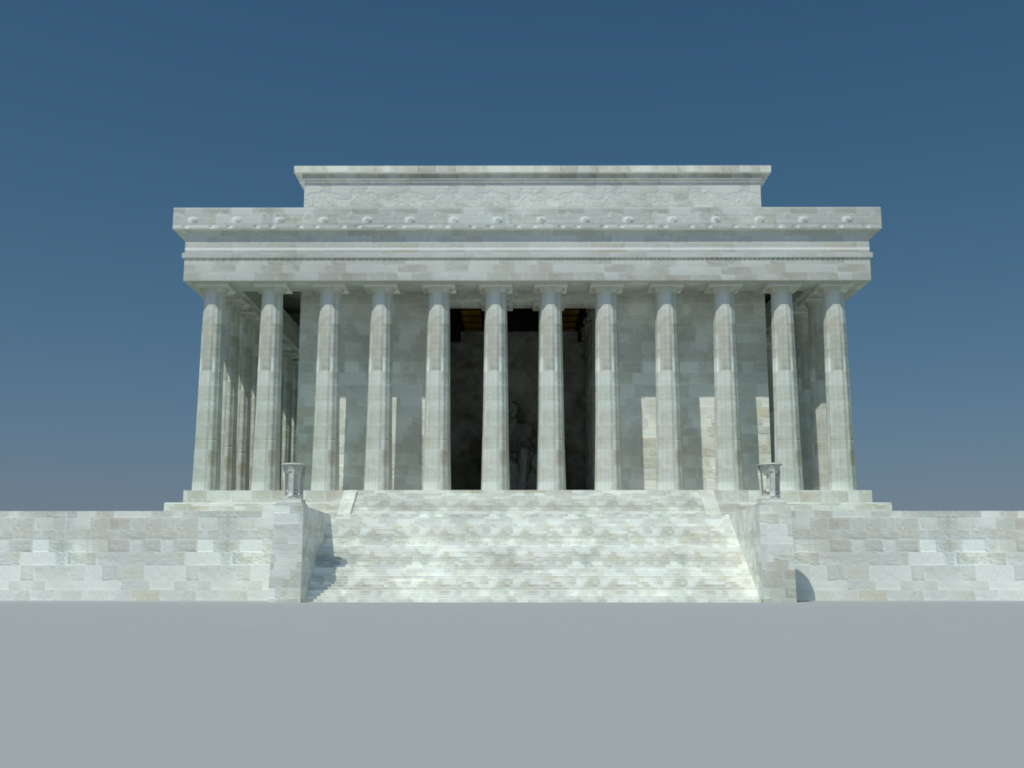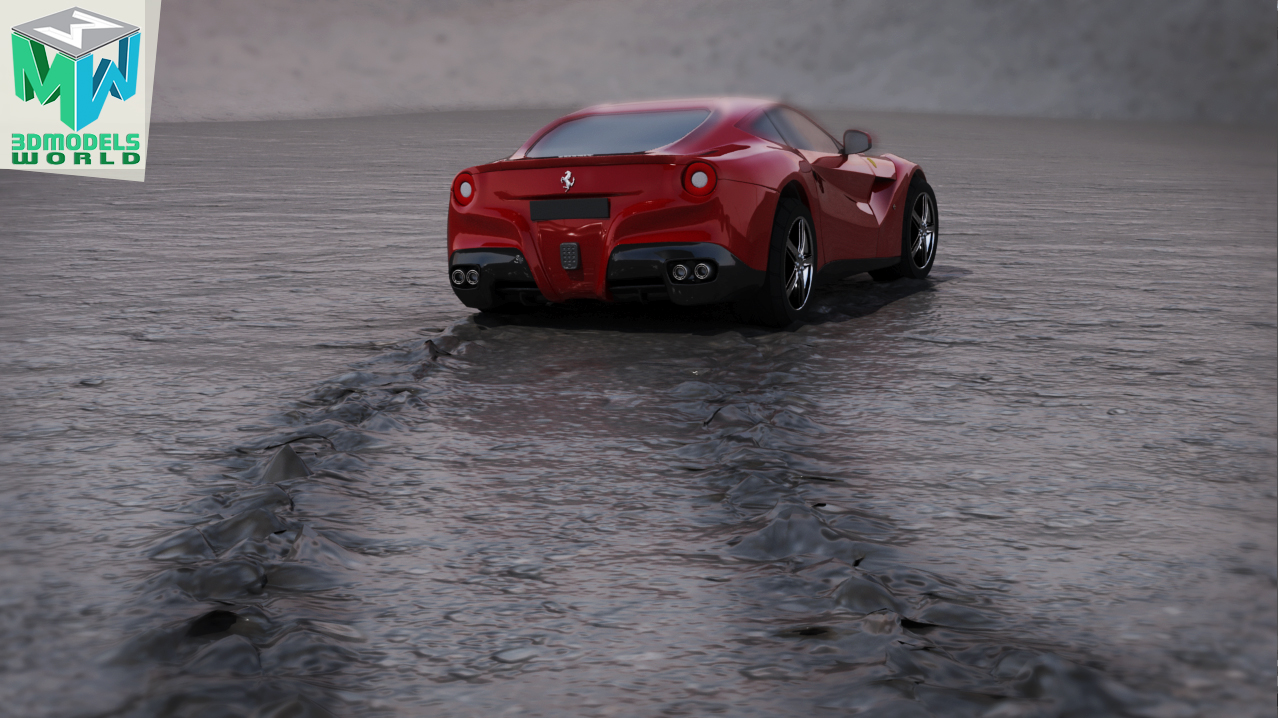
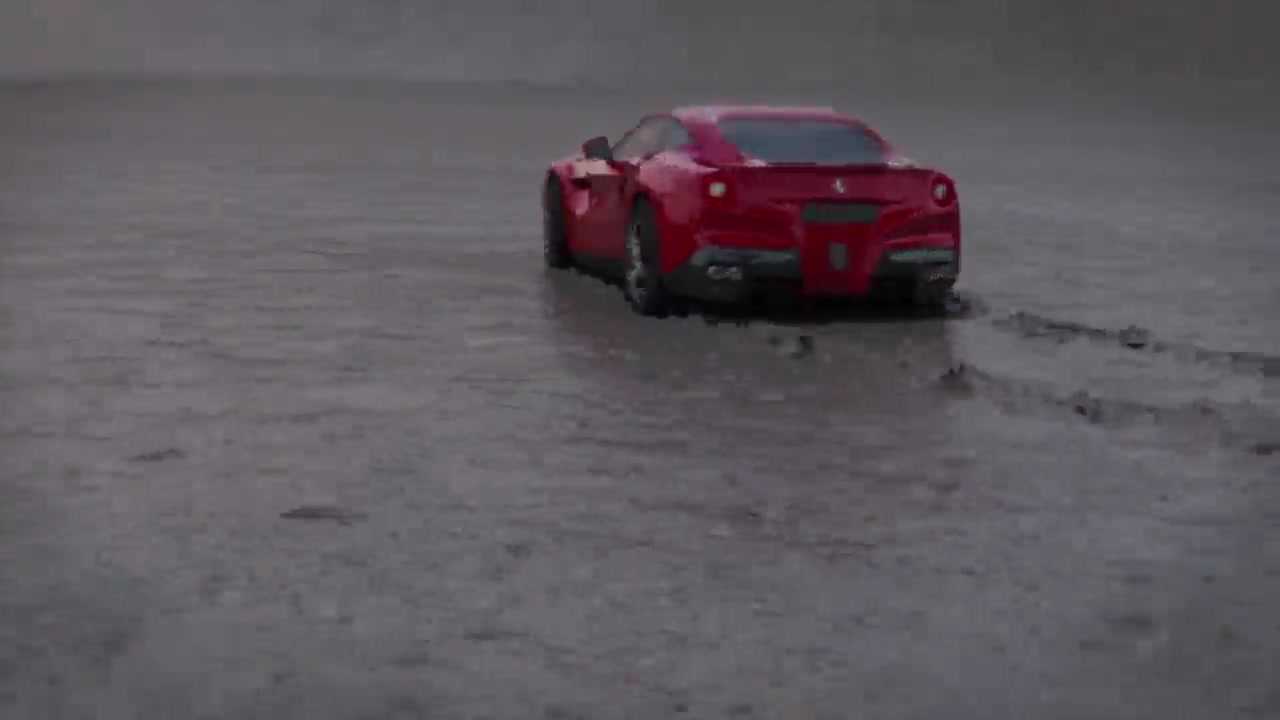
In this Maya tutorial we will go through the process of creating tire tracks using Maya soft body simulation, this tutorial will focus on creating a realistic simulation that will work in different scenarios like animating the tires on snow, sand or mud like this case.
Animating tire tracks in Maya using a simulation could be a bit tricky to get it feel natural so in this tutorial will go deep into the simulation process and we will also explain as much as we can in short period of time each settings and what it do this way you can do this simulation as well on your scenes even if its different animation.
In this tutorial we will have the scene built and the car, camera is animated the car will be drifting and doing action so this way we can test the simulation under a real world production environment, and work on the simulation settings until we get it right.
This tutorial for all Maya skill levels, the topics we will cover in this tutorial include the following:
1- A quick look at reference image to understand the effect that we are trying to accomplish also understanding the limitations and challenges that we might face.
2- Creating soft body object and connect it to the ground.
3- Connecting the tires of the car to the ground and make them collide with each other.
4- Tweaking the particle simulation using the geoConnecters to get the best result in shortest amount of time.
5- Tweaking the tires simulation for final render.
6- We will discuss the importance of correct scale for dynamic simulations.
7- Additional tips and tricks to customize the settings for your own scene.
Click on the link to go to the Ferrari F12 Berlinetta Rig used in this tutorial.
The video below will have a full demonstration of all the features of the Ferrari F12 Berlinetta Rig:
Autodesk Documentation on GeoConnector Node: (Recommended Read)
https://knowledge.autodesk.com/support/maya/learn-explore/caas/CloudHelp/cloudhelp/2016/ENU/Maya/files/GUID-20E1A7B4-B8BD-4FD6-BB16-39E397B3821E-htm.html
We hope that you will benefit from this tutorial, if you have any questions please feel free to ask us in the comments below and we will be happy to answer them 🙂


